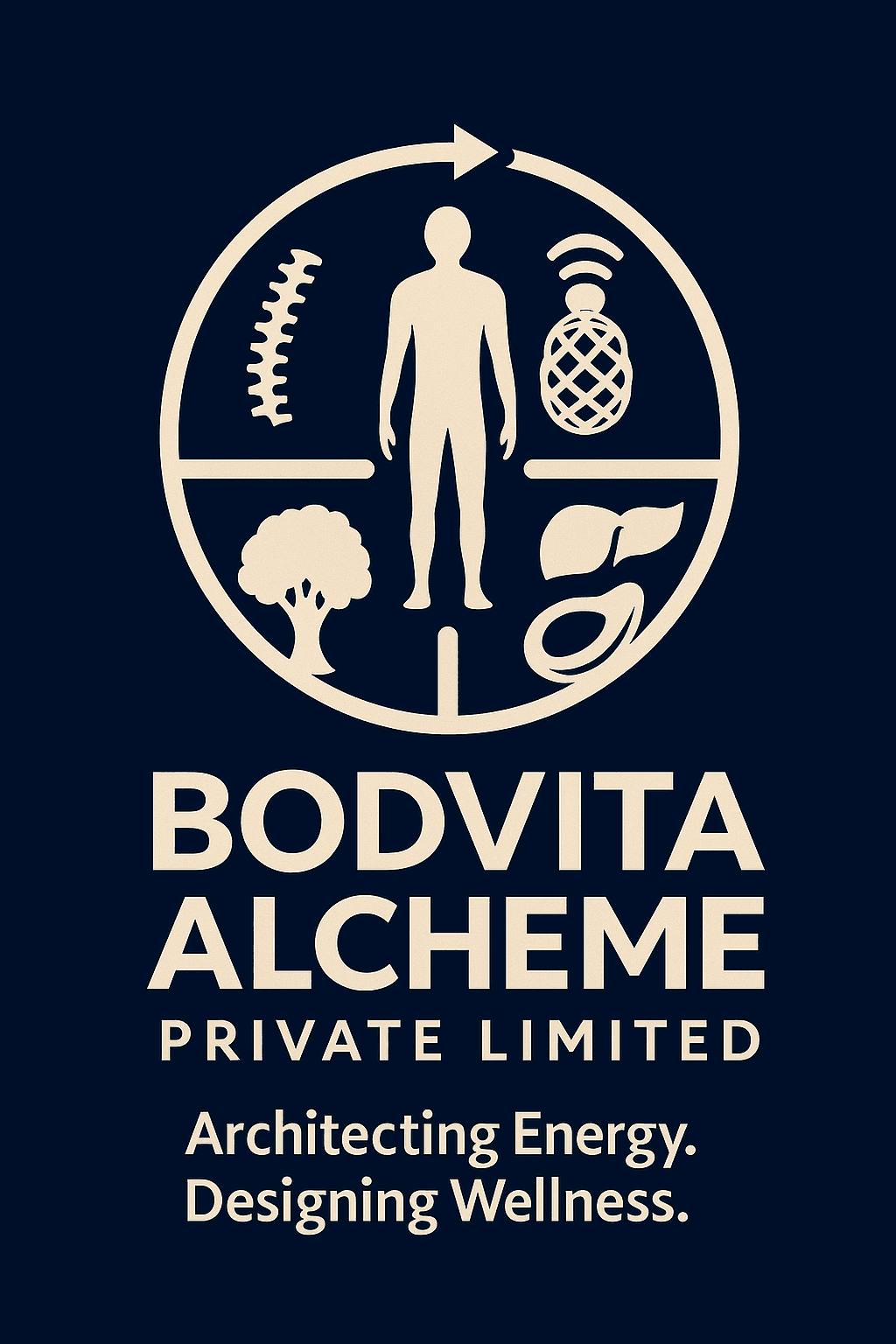Top Myths About Mindful Movement and How to Overcome Them
Understanding Mindful Movement
Mindful movement is gaining popularity as a holistic approach to wellness that combines physical exercise with mindfulness practices. Despite its rising fame, there are still several misconceptions surrounding it. In this post, we'll debunk some of the most common myths about mindful movement and offer guidance on how to embrace it effectively.

Myth 1: Mindful Movement is Only for Yoga Enthusiasts
Many people believe that mindful movement is exclusively linked to yoga. While yoga is a popular form of mindful movement, it is not the only one. Activities such as tai chi, pilates, and even walking can be practiced mindfully. The key is to focus on the present moment and maintain awareness of your body's movements.
To overcome this myth, explore different forms of exercise and try incorporating mindfulness into them. Whether it's a structured class or a simple walk in the park, any activity can become mindful with the right intention.
Myth 2: Mindful Movement is Too Slow and Boring
Another common misconception is that mindful movement is too slow-paced and tedious. While some practices may emphasize gentle, deliberate movements, they are not inherently boring. In fact, mindful movement can be both invigorating and relaxing, depending on the practice and your personal approach.

To counter this myth, experiment with different paces and styles. You might find that a mix of fast and slow movements keeps your routine engaging. Remember, the goal is to connect with your body and mind, not to reach a specific speed.
Myth 3: Mindful Movement Doesn't Provide a Good Workout
Some people assume that mindful movement lacks the intensity needed for a proper workout. However, the effectiveness of any exercise depends on the effort and focus you put into it. Mindful movement can be as challenging as you want it to be.
To dispel this myth, incorporate mindful techniques into your existing workout routine. Paying attention to your breath and body alignment can enhance the effectiveness of your exercises and improve physical health.

Myth 4: You Need to Meditate Regularly to Benefit
It's commonly believed that a regular meditation practice is necessary to reap the benefits of mindful movement. While meditation can enhance mindfulness skills, it is not a prerequisite. Mindful movement itself fosters a meditative state by encouraging focus and awareness during physical activity.
To overcome this myth, simply start incorporating mindfulness into your exercises without the pressure of maintaining a separate meditation practice. With time, you may naturally become more interested in meditation as you experience its benefits through movement.
Embracing Mindful Movement
Ultimately, mindful movement is about creating a harmonious connection between body and mind. By challenging these myths and understanding the true nature of mindful practices, you can unlock a new dimension of wellness and self-awareness.
Begin by exploring different activities and approaches that resonate with you. Remember that mindfulness is a personal journey; what works for one person may not work for another. Stay open-minded, experiment, and most importantly, enjoy the process.
